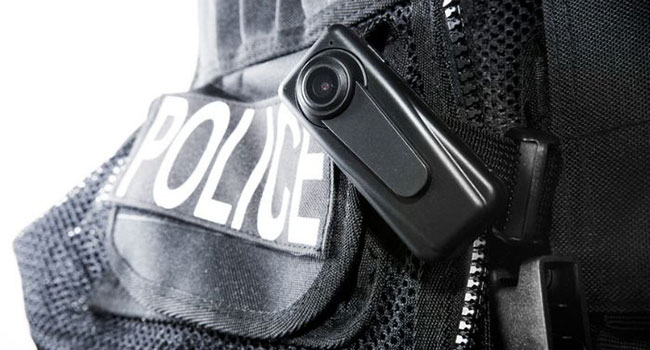
St. Louis County Police Department To Become Largest In Missouri With Mandatory Body Cameras
By April, the county police department will outfit nearly 700 officers with cameras. But the city’s department of 1,300 does not have a parallel program in the works.
- By Haley Samsel
- Aug 12, 2019
St. Louis County will soon outfit its entire police department with body cameras, becoming the largest department in Missouri to do so.
Nearly 700 officers will wear the cameras at all times by April, St. Louis Public Radio reported. In July, the county council approved a $5 million allocation to pay for the cameras and unlimited data storage. A half-cent sales tax increase for public safety, approved by voters in November 2017, will fund the police department’s five-year contract with its provider.
“I think this is an example of how we’re forward-looking and how we try to set an example for law enforcement in the state,” Jon Belmar, the county police chief, told the radio station.
The decision came after the county piloted body cameras with 75 officers in 2014, shortly after Michael Brown’s death at the hands of a Ferguson police officer sparked a national movement calling for police accountability. Since then, Belmar told SLPR that camera technology has improved and given the department more flexibility in terms of what their cameras can do.
St. Louis County police will wear the cameras mounted on their smartphones and tuck them under their shirt. The officers will also be equipped with Bluetooth wristwatches that alert them if the camera is on, and an in-car router will instantly upload video footage to the cloud.
The department will require officers to turn the cameras on during “all enforcement activities,” including arrests, warrant execution, traffic stops and more. Belmar said officers will receive extensive training that will help ensure they turn on the cameras during these interactions.
County Executive Sam Page, who signed the measure that approved funding for the cameras, said told local news station KSDK that the department will make widely sought video footage available as soon as possible, as long as a public release does not interfere with ongoing investigations.
“We also recognize the public has a right to know, so as fast as we can get relevant video in front of people, we’re going to try to do that," Page said.
Belmar echoed Page’s calls for transparency when carrying out police work, adding that the videos will help provide context to interactions between civilians and officers.
“Obviously accountability is important,” he said. “But one of the most important things is context. Somebody takes a 15-second video on a smartphone of an interaction between an officer and somebody else, there’s no context provided before or after that.”
While the county will soon implement the policy, St Louis City’s department of about 1,300 officers has no parallel body camera program and has not seen much action on the issue since 2017, The Riverfront Times reported. The city’s public safety director, Jimmie Edwards, told the newspaper that he supports a program but that the cost would be “problematic” in the short and long term.
"I envy St. Louis County," Edwards said. "I hope the public realizes that we agree that officer safety is improved with body cameras, as well as public safety and police accountability. We agree with all of that."
About the Author
Haley Samsel is an Associate Content Editor for the Infrastructure Solutions Group at 1105 Media.